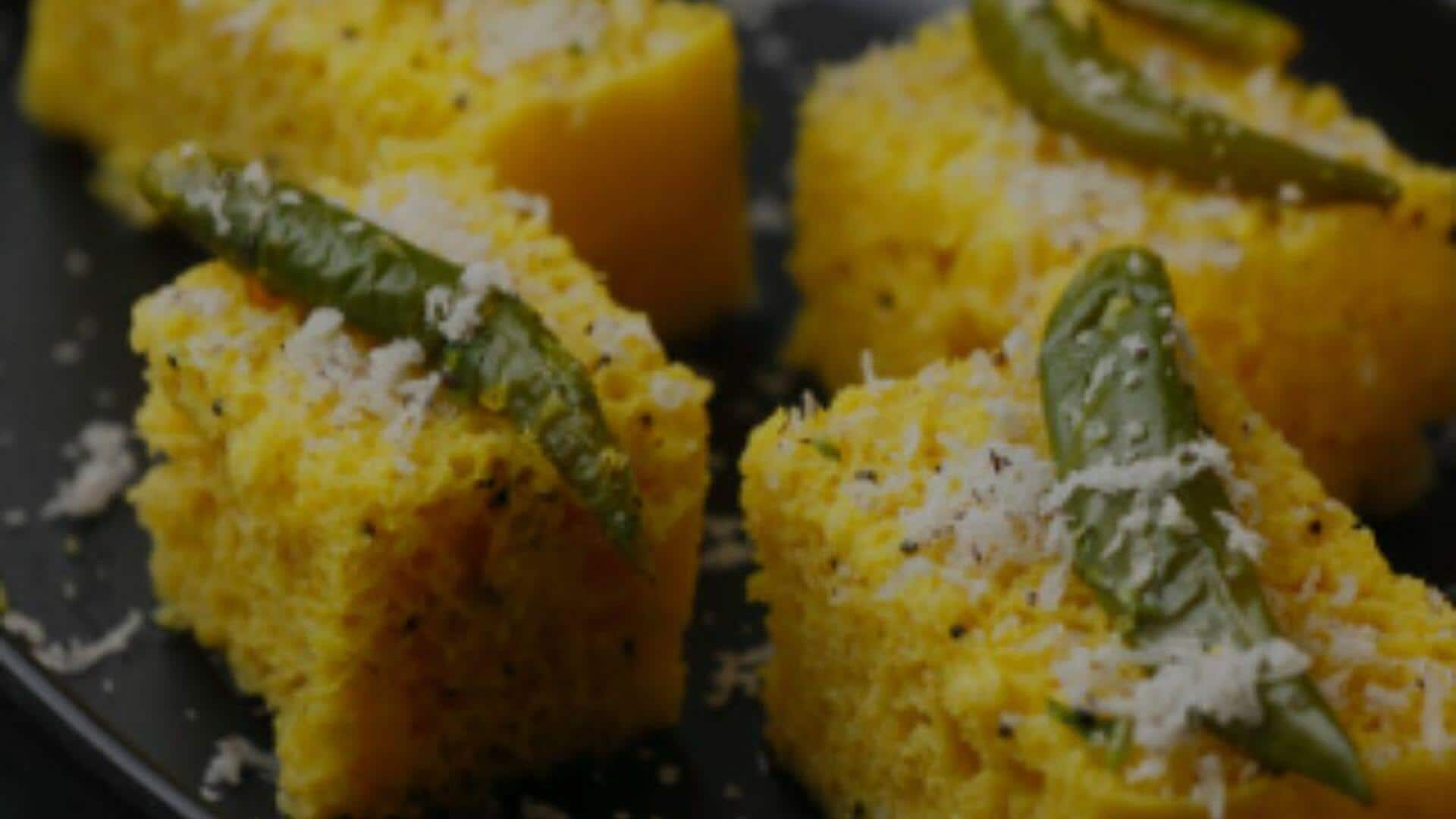
The cultural and culinary evolution of India's beloved dhokla
What's the story
Dhokla, the famous fermented steamed cake from India's western state of Gujarat, has a rich history. Once a staple of ancient Indian kitchens, it has evolved over the years to adapt to modern tastes and lifestyles. This article delves into the journey of dhokla from its ancient roots to contemporary culinary innovations. It highlights how this traditional dish has been embraced and modified across different regions and cultures.
#1
Origins of dhokla in ancient India
Dhokla's origins can be traced back to ancient India, where it was prepared using simple ingredients like rice and chickpea flour. The fermentation process was key to its preparation, as it not only enhanced the flavor but also improved its nutritional value. Ancient texts indicate that dhokla was not just a staple food but also a part of celebrations.
#2
Evolution through regional influences
As trade routes expanded, dhokla traveled beyond Gujarat and adapted to regional tastes. In some areas, local spices and ingredients were added to give it a unique flavor. This regional influence turned dhokla into a versatile dish that could be relished in various forms across India.
#3
Modern twists on traditional recipes
In recent years, chefs have experimented with dhokla by adding modern twists to traditional recipes. Ingredients like spinach or beetroot are often added for color and nutrition. These variations cater to contemporary palates while retaining the essence of the original dish.
#4
Health benefits driving popularity
The health benefits of fermented foods have also contributed to the rising popularity of dhokla in modern diets. Rich in probiotics, it promotes gut health and digestion. Its low-calorie count makes it an attractive option for health-conscious people looking for nutritious snacks without compromising on taste.